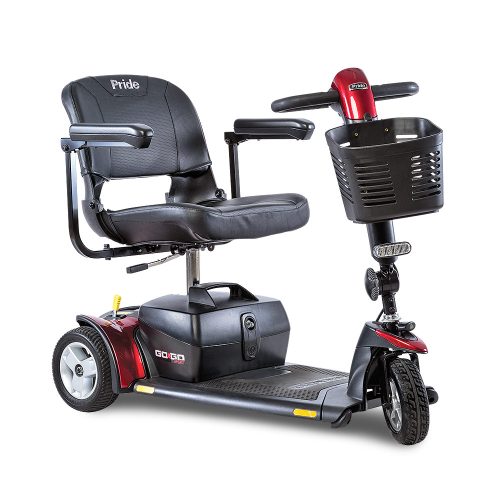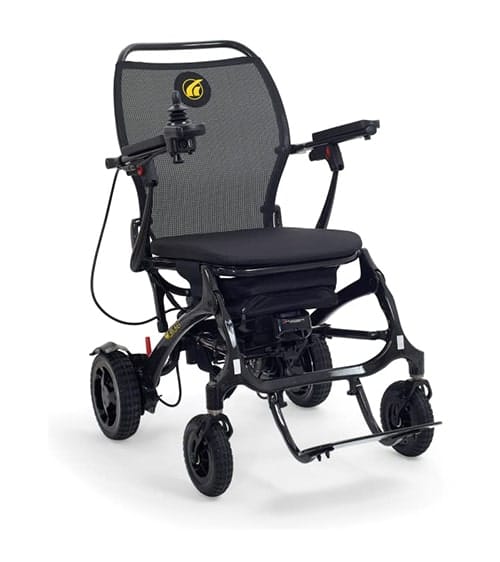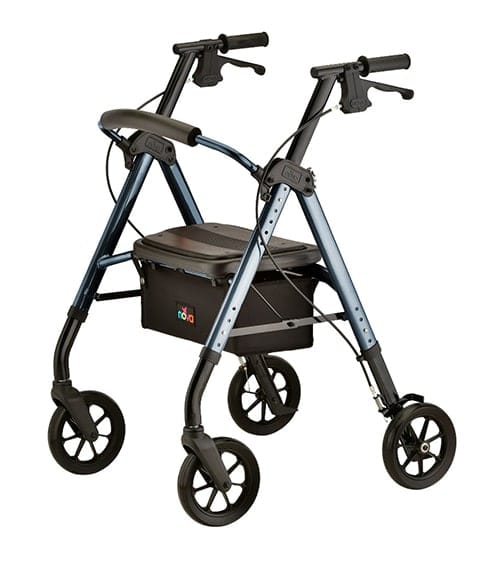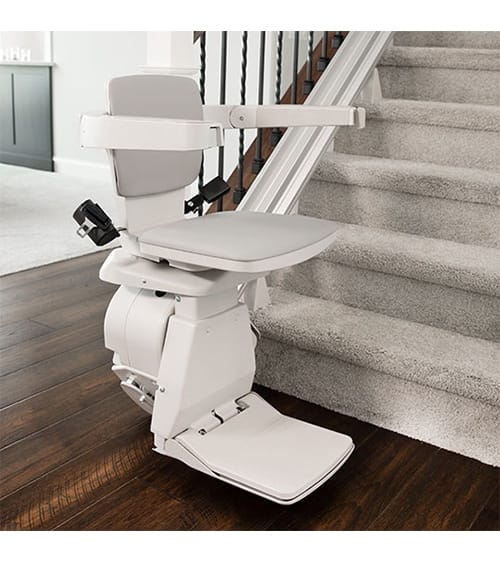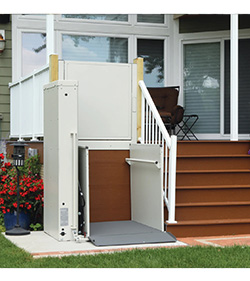If you have been in an accident that has left you with a spinal cord injury, your life has changed. You may be able to receive disability benefits from the Social Security Administration (SSA) if you can prove that your injury is so severe that you are unable to work and earn a living. The SSA has very strict guidelines and medical criteria that must be followed for a claimant to qualify for disability benefits. To be approved for disability benefits, your condition must render you unable to work for at least 12 months or be expected to lead to your death.
The symptoms are dependent on the severity of the injury and where the spine was injured. Pain and numbness are common symptoms, and other body parts can experience problems. For example, a mid-spine injury can affect functioning below that injured region. If there is a partial spinal injury, then it is called “incomplete.” A complete spinal injury has complete loss of functioning everywhere below the point of injury. Incontinence, paralysis, pain, uncontrolled muscle contractions, numbness, inability to regulate body functions, and difficulty breathing are some common symptoms.
Meeting the Medical Criteria
The SSA uses a medical guide, which is called the Blue Book, to determine if a claimant qualifies for disability benefits. Section 1.04 of the Blue Book covers Disorders of the Spine. To qualify for disability benefits using this listing, you must provide supporting medical evidence that shows there is damage to your spinal cord. You must provide supporting evidence to indicate that your injury causes root compression causing pain, weakness, and ineffective ability to properly ambulate. Medical imaging, physician statements, and surgical notes and treatment records must present the needed evidence.
Using A Medical Vocational Allowance
If you cannot meet the criteria to qualify through the Disorders of the Spinal Cord listing, you may qualify through a medical vocational allowance. This means that your claim will be evaluated using your medical conditions, age, work history, skills, and educational background to determine what kind of work – if any – you can do. Of course, medical records will still be needed, but a residual functional capacity (RFC) will be completed to determine your restrictions, limitations, and abilities.
If your doctor will complete and RFC that details your abilities and restrictions, it could be helpful to your disability claim. The RFC will be specific and indicate things such as how long you can stand, how far you can walk, how much you can lift, if you can bend or squat, if you can reach, your ability to do fine tasks with your hands.
Applying for Disability Benefits
To get your application for disability benefits because of a spinal cord injury underway, you will need to visit the Social Security website or call 1-800-772-1213 and speak with a representative or schedule an appointment at a local SSA field office. Get a free case review with a disability attorney to determine how to proceed.
Resources:
Living Spinal: http://livingspinal.com/
Blue Book Description: https://www.disabilitybenefitscenter.org/glossary/blue-book
Blue Book listing for Spinal Disorder: https://www.ssa.gov/disability/professionals/bluebook/1.00-Musculoskeletal-Adult.htm#1_04
More on Medical Vocational Allowance: https://www.disabilitybenefitscenter.org/glossary/medical-vocational-allowance
Residual Functional Capacity form:
Local SSA Office: https://www.disabilitybenefitscenter.org/state-social-security-disability

